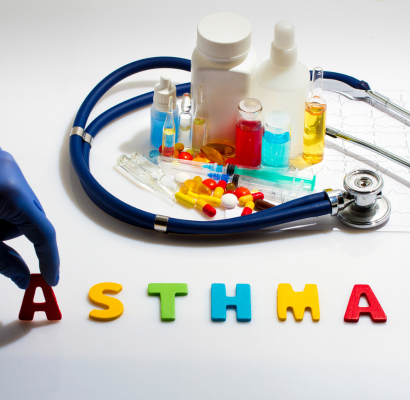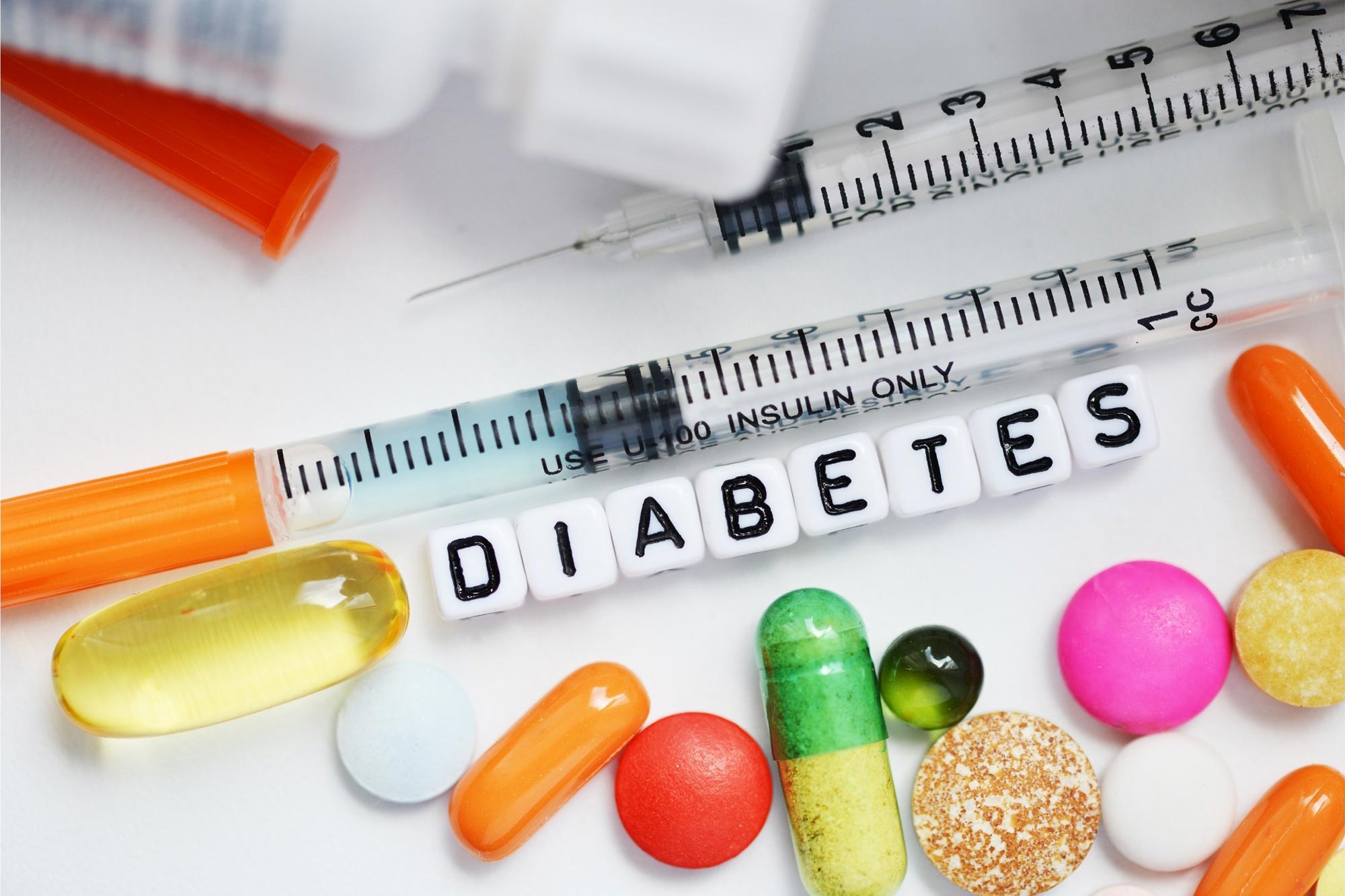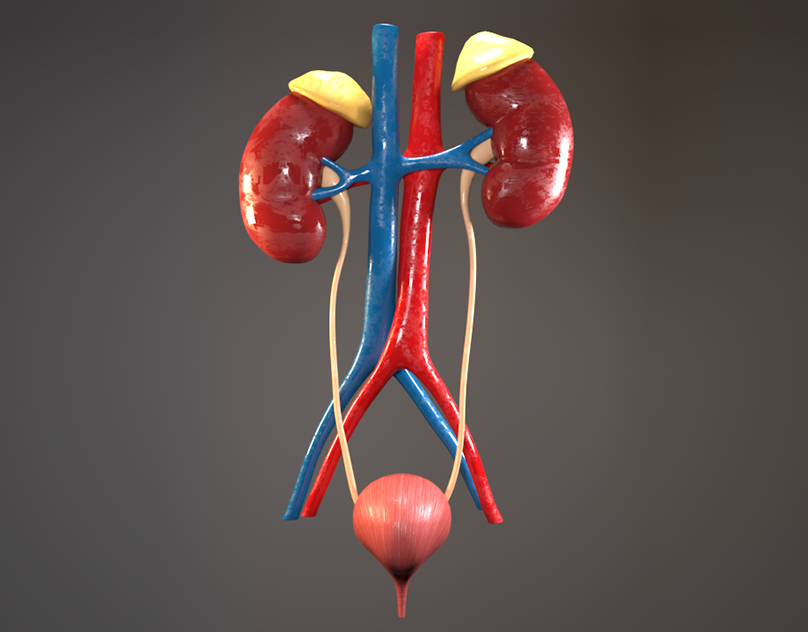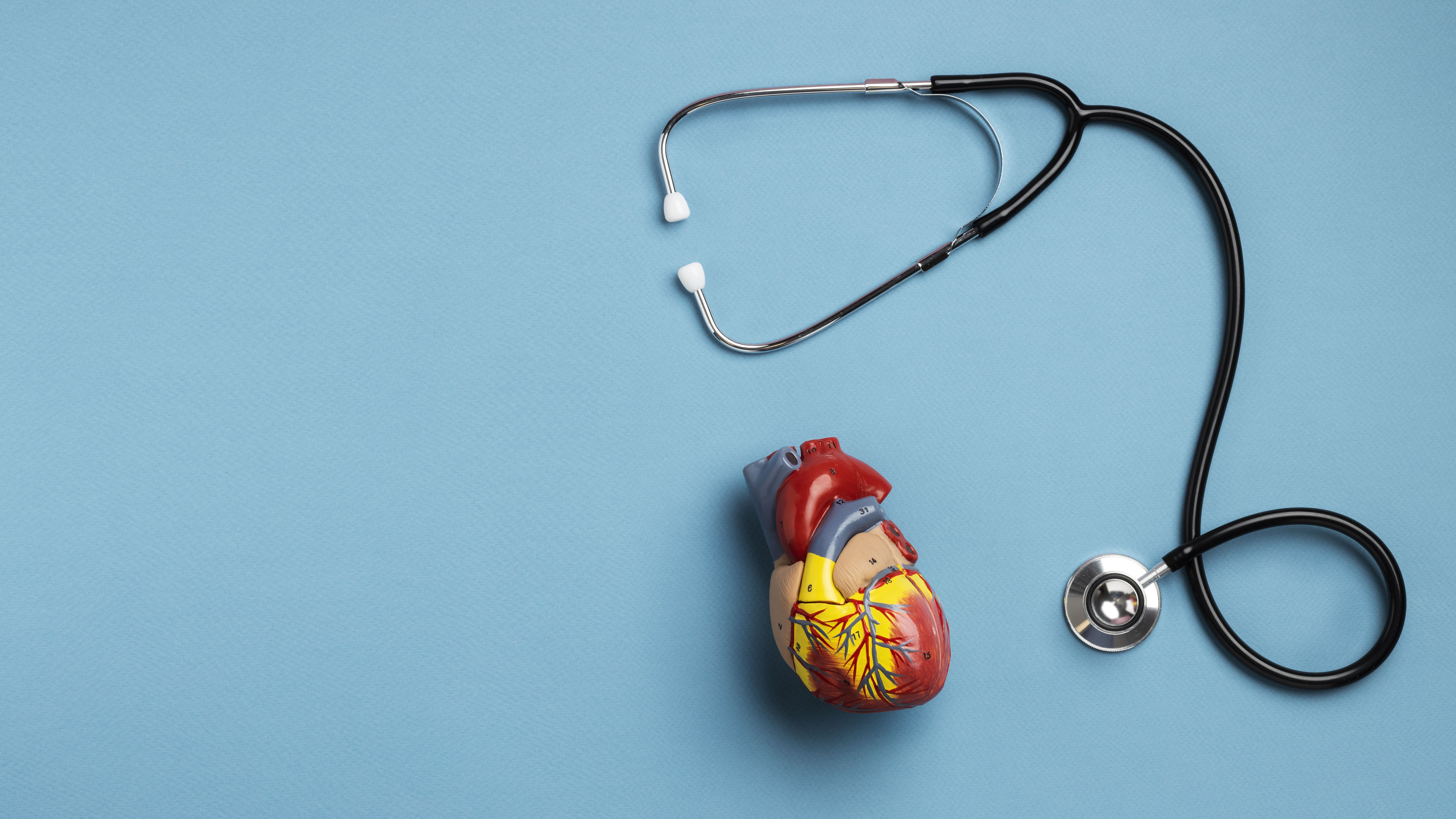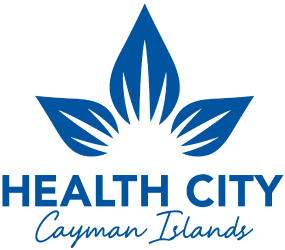
Silent Heart Attacks: How Undiagnosed Heart Attacks Put You At High Risk
November 20, 2023
What is a Silent Heart Attack or SMI (Silent Myocardial Infarction)?
A heart attack occurs when a coronary artery gets blocked and decreases blood flow. As a result, the heart muscle can’t get oxygen and nutrients to function and it eventually dies. Patients often complain of a crushing pain or pressure in their chest accompanied by cold sweats and nausea during a heart attack.
A silent heart attack occurs when the patient doesn’t experience any of these symptoms. However, they may have subtle symptoms that are often mistaken for muscle pain, indigestion, nausea, or flu.
Since it doesn’t produce any noticeable symptoms, a silent heart attack is tough to diagnose. There are no tests that can determine your potential of getting a silent heart attack but there are certain risk factors that your doctor can evaluate and help you reduce your odds of getting it.
The risk factors for a silent heart attack and heart attack with symptoms are the same. They are:
- A family history of heart disease,
- Age,
- Smoking,
- High cholesterol and blood pressure,
- Diabetes,
- Lack of exercise, and
- Being overweight.
What Causes a Silent Heart Attack?
Usually, a heart attack or myocardial infarction is caused when the plaque buildup in one of the coronary artery walls ruptures. A sudden rupture causes a thrombus or blood clot to form in the artery, leading to acute blockage of blood flow. The heart muscle then gets deprived of oxygen, resulting in chest pain and other alarming symptoms. If the blockage isn’t removed within a few hours, the ischemic heart muscle dies. This death of a part of the heart muscle is what constitutes a heart attack.
Why are Some Heart Attacks Silent?
Considering the usual symptoms of a heart attack, it’s quite surprising that there are a few people who get heart attacks without any alarming symptoms. One of the coronary arteries gets blocked, and some of the heart muscles die, but the victim isn’t aware that something wrong is happening. There are a few reasons that can explain why some people have heart attacks without any visible symptoms. Some of these are outlined below.
- The ability of individuals to tolerate pain varies. Some people have a high threshold for pain, and they won’t notice symptoms that would be difficult for others to ignore.
- In certain medical conditions, such as chronic kidney disease and diabetes, the nerves that carry pain impulses are blunted. So, the patient may not feel the symptoms of angina or a heart attack.
- In some cases of cardiac ischemia, the lack of blood flow and oxygen to the heart does not produce typical symptoms. They may not experience angina at all and instead have shortness of breath or dyspnea or transient weakness. Other symptoms that are not typically associated with heart conditions may also arise. Women are more likely to get atypical symptoms with cardiac ischemia.
- Some people ignore the signs and symptoms of a heart attack because they are relatively less disturbing. They mistake them for heartburn, cold, indigestion, etc.
- Age and gender of an individual have a significant role to play in silent heart attacks. Older people, especially over the age of 75, have a higher chance of getting them. Silent attacks are more likely to occur in men than women.
How Common is the Problem?
Silent heart attacks are quite common. According to reports from recent studies, almost half of all heart attacks are silent. As many people are just unaware of their critical condition, they don’t seek treatment and have a higher risk of dying.
So, if you have diabetes or are involved with any of the risk factors for myocardial infarction, you must stay careful. People with diabetes are more prone to having a silent heart attack. High sugar and poor blood circulation dull their nerve cells, which means they don’t experience the pain as much as an average person does.

Warning Signs to Watch Out For
The signs of a silent heart attack are less evident and milder. At times, patients may experience slight discomfort in their chest, back, arms, or jaws. Dizziness or fainting spells are frequent among them as well.
They may have trouble doing certain physical activities that they could easily do on a regular day, such as running up a flight of stairs. Exhaustion and breathlessness after daily activities are subtle symptoms and should not be ignored, as they could be a sign of a heart attack.
No one can understand your body better than you. So, listen to your body and get a check-up whenever you feel something is not right.
What’s My Prognosis if I Have a Silent Heart Attack?
Any heart attack can be fatal. In many individuals with coronary artery disease, sudden deaths have occurred. Indeed, many people who have had sudden deaths without any prior history of heart problems probably had a major coronary artery disease or CAD.
It’s also very likely that they encountered numerous events of silent ischemia and even silent heart attacks before their condition turned fatal.
The long-term prognosis for people who look well but are diagnosed with silent heart attacks is worse than people whose heart attacks were diagnosed at the right time and who received prompt heart attack treatment.
As there is a high prevalence of diabetes and kidney disorders in people diagnosed with silent heart attacks, they are at a higher risk of suffering from fatalities. The succeeding episodes of cardiac ischemia will probably be silent, and the victim won’t be treated promptly. Therefore, people with a prior case of a heart attack need to be regular and religious in taking their prescribed medications. They also have to diligently follow a healthy lifestyle to diminish any further risk of heart attacks. Paying attention to any unusual sign, even when it is not associated with heart problems, is essential.
How to Screen for a Silent Heart Attack
Ideally, your doctor will screen you for risk factors of a heart attack during your regular physical exams. The following tests are done to screen for a silent heart attack:
- Electrocardiogram or ECG: An ECG test records the electrical activity of the heart. As injured heart muscle doesn’t conduct electrical impulses normally, the test can help determine if a heart attack has occurred or is in progress.
- Blood tests: In case of damage from a heart attack, some heart proteins may slowly leak into the blood. Emergency room doctors will take your blood samples to look for the presence of these enzymes.
- X-ray: An X-ray lets your doctor check your heart and blood vessels for any change in size.
- Coronary catheterisation or angiogram: A long and thin tube called a catheter containing a liquid dye is introduced through an artery in the leg or groin to the arteries in your heart. Due to the dye, the image of the arteries can be obtained on an X-ray, revealing areas of blockage.
Cardiac CT or MRI: In a Cardiac CT scan, a doughnut-shaped machine collects the images of your heart and chest with the help of an X-ray tube inside the machine. The Cardiac MRI uses radio waves, magnets, and a computer to create detailed images of your heart.
What Preventive Measures Can I Take?
Although heart conditions can be a leading cause of death, you can take many preventive measures to reduce the risks.
- The first thing you need to do for heart attack prevention is to get a health screening done to check if you have any existing artery blockage. Get treatment if necessary.
- You need to consult your doctor and prepare an action plan to keep diabetes, high blood pressure, high cholesterol, or obesity in check. Take your medications seriously.
- Chewing or smoking tobacco is one of the most significant risk factors for developing heart disease. The chemicals in tobacco can lead to plaque buildup in the arteries and can also damage your blood vessels. The good news is that you reduce the risks of CAD significantly within a year after quitting tobacco.
- Regular exercise is vital. Make it a habit to involve yourself in exercise or physical activity to maintain a healthy weight and control high blood pressure and cholesterol. You don’t have to follow a strenuous workout plan to become healthy, but you can see bigger benefits if you can gradually increase the intensity, frequency, and duration of your workouts.
- Plan and stick to a diet that includes fruits, vegetables, and whole grains. You can eat low-fat or fat-free dairy products, lean meats, fish, and beans as a part of a healthy diet.
- Avoid too much salt and sugar and sources of trans fat in your diet. Trans fat is found in bakery products, chips, cookies, and deep-fried fast foods.
- Getting enough quality sleep can get you on the path to a healthy life. Sleep deprivation can increase your risks of obesity, high blood pressure, diabetes, depression, and heart attacks. Set a sleep schedule and follow it strictly.
- As silent heart attacks can happen with or without alarming symptoms, getting regular health screenings is crucial. With routine screening, you can keep a check on your blood pressure levels, cholesterol levels, and diabetes. Your doctor will prescribe medications and ask you to make specific lifestyle changes depending on your condition.
